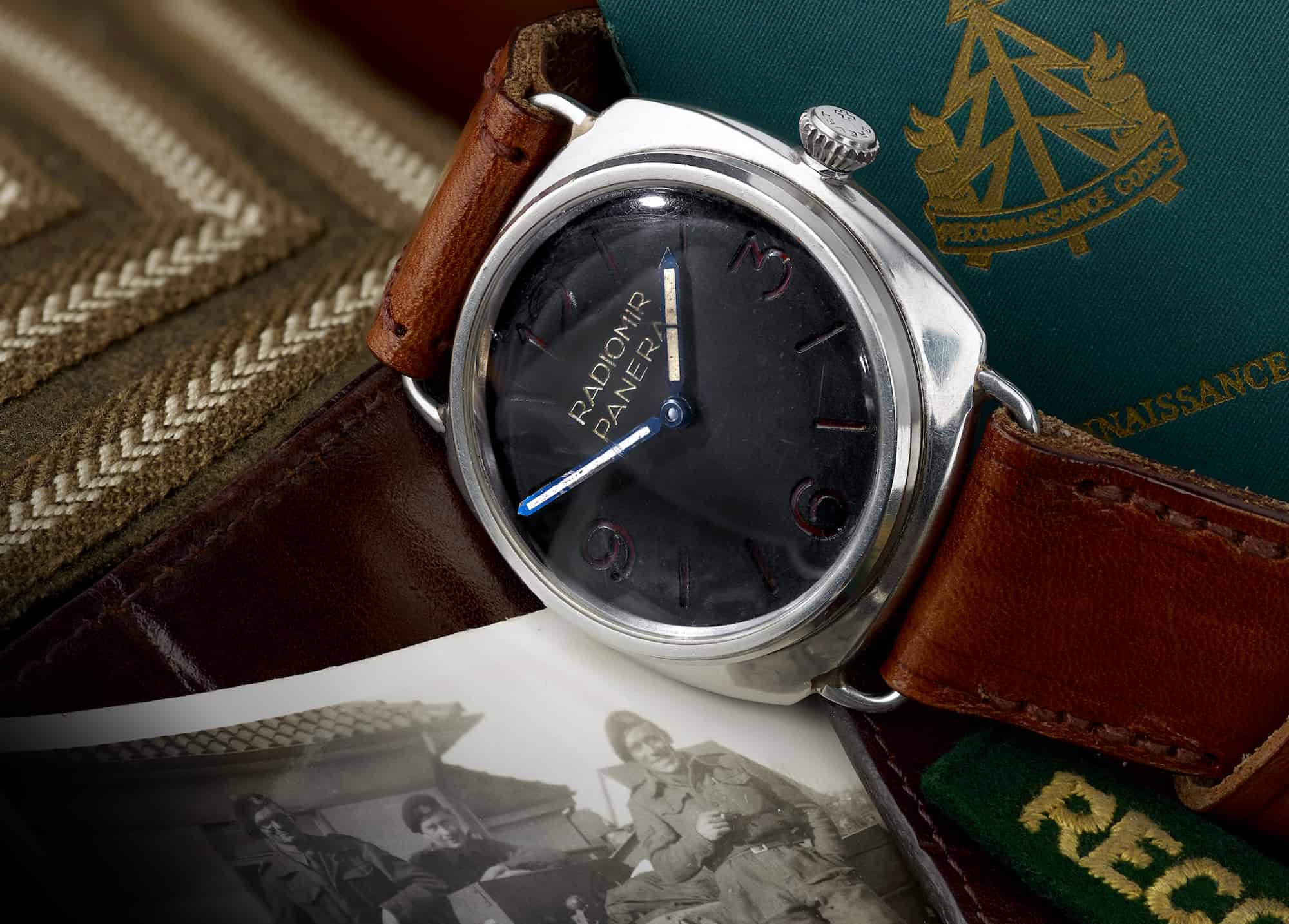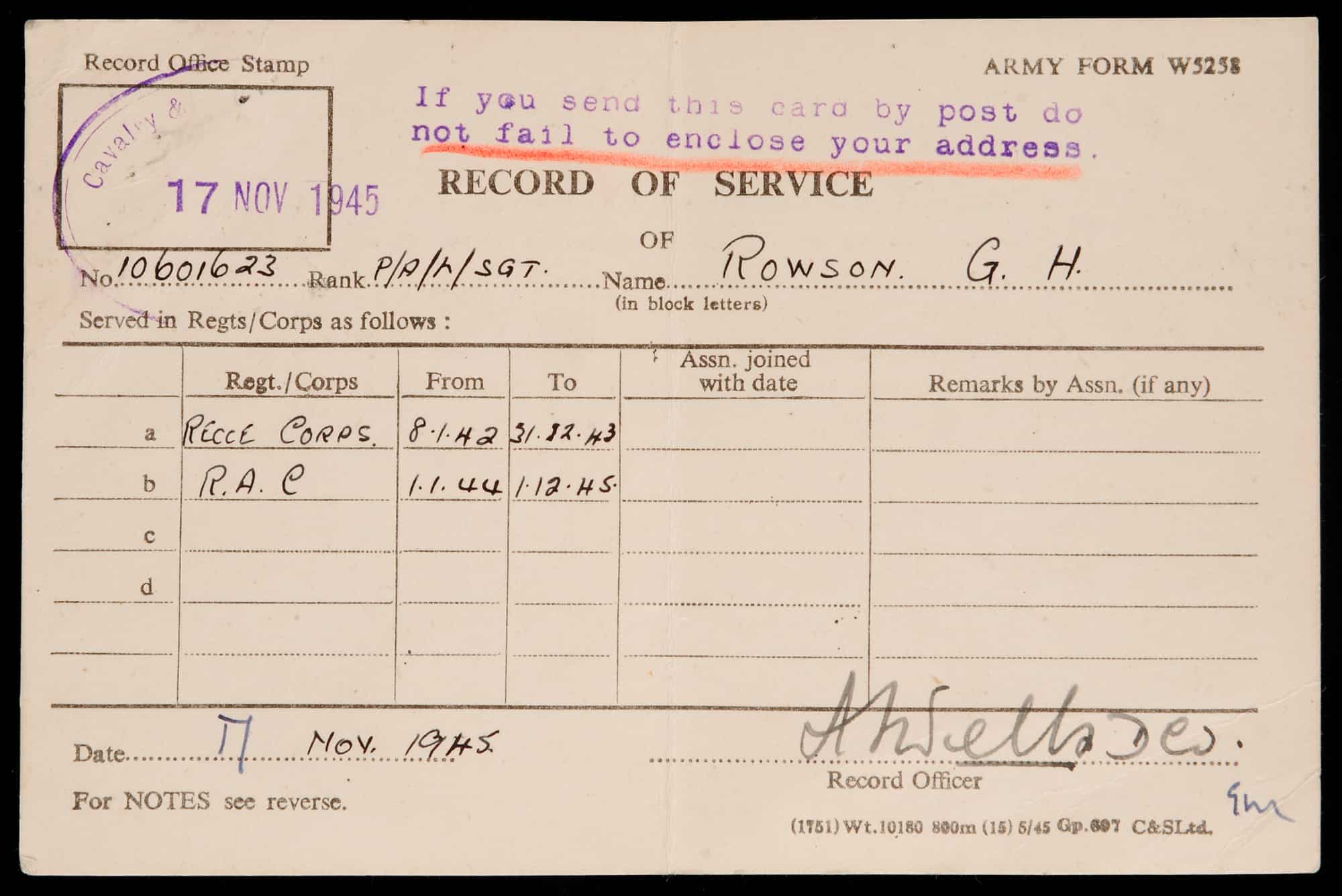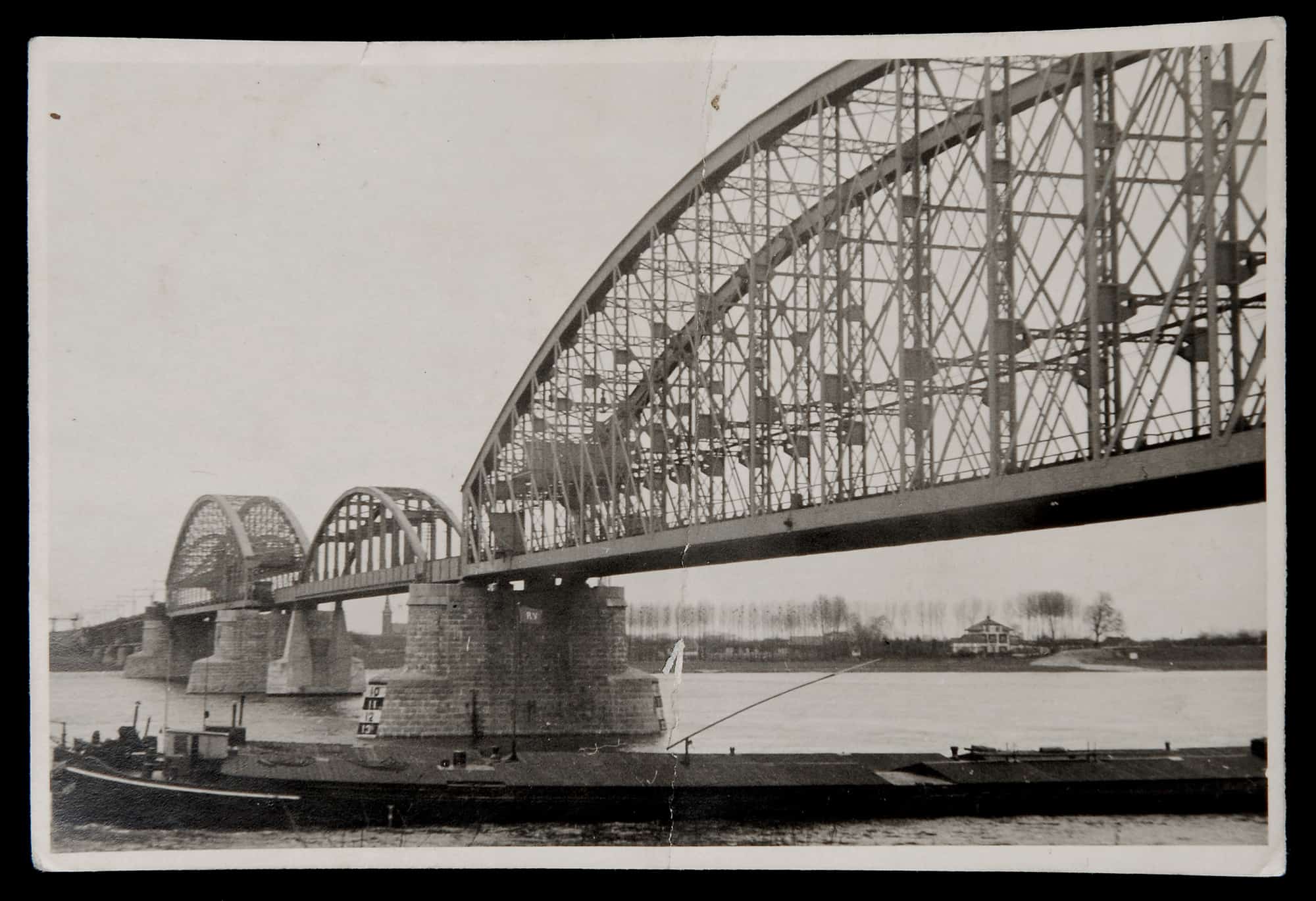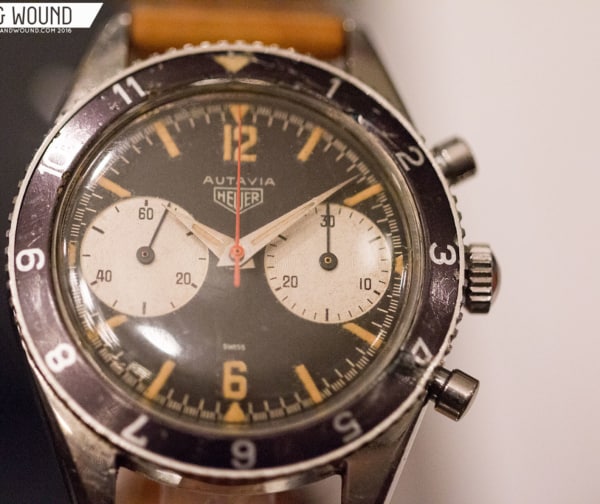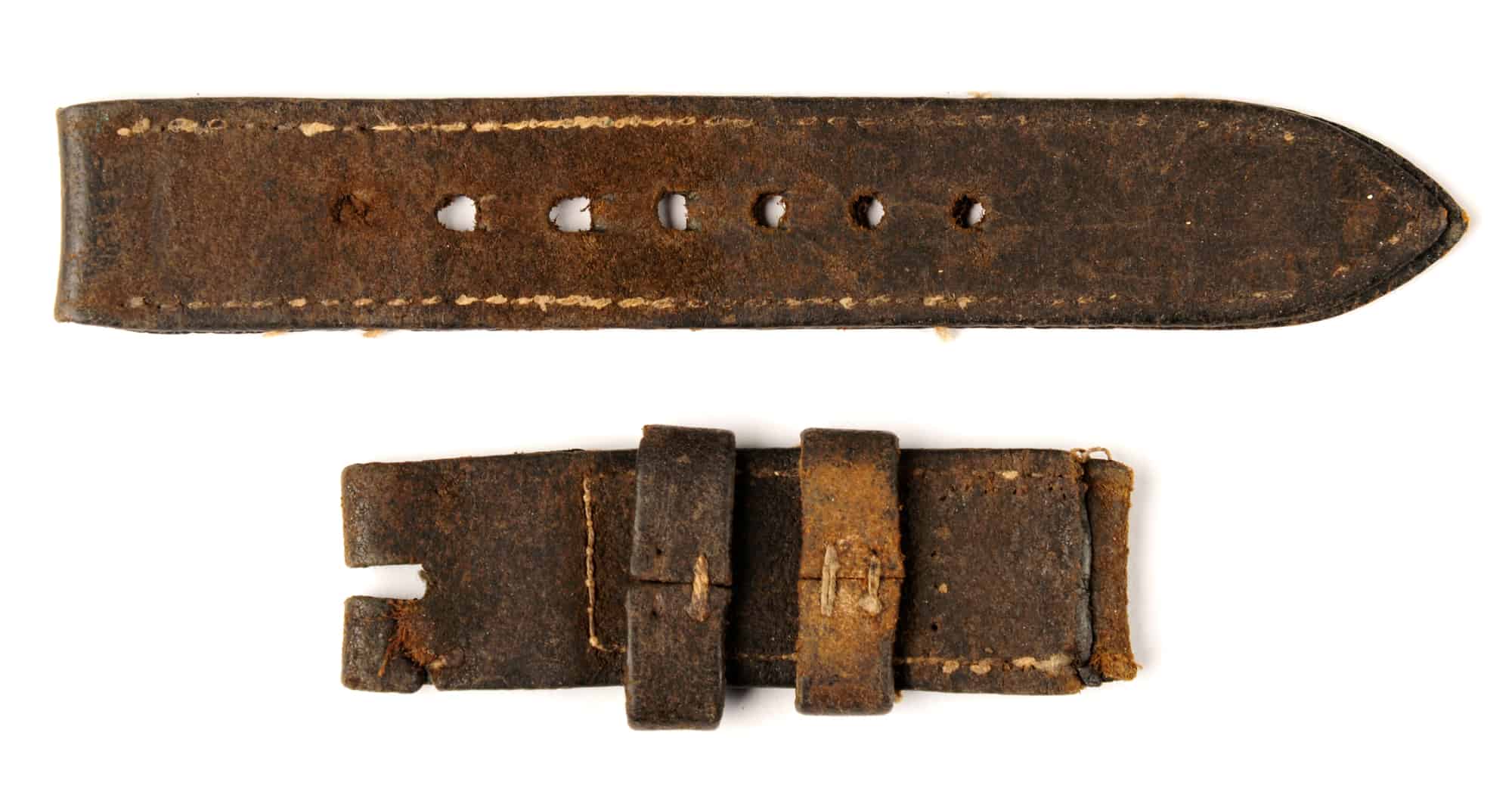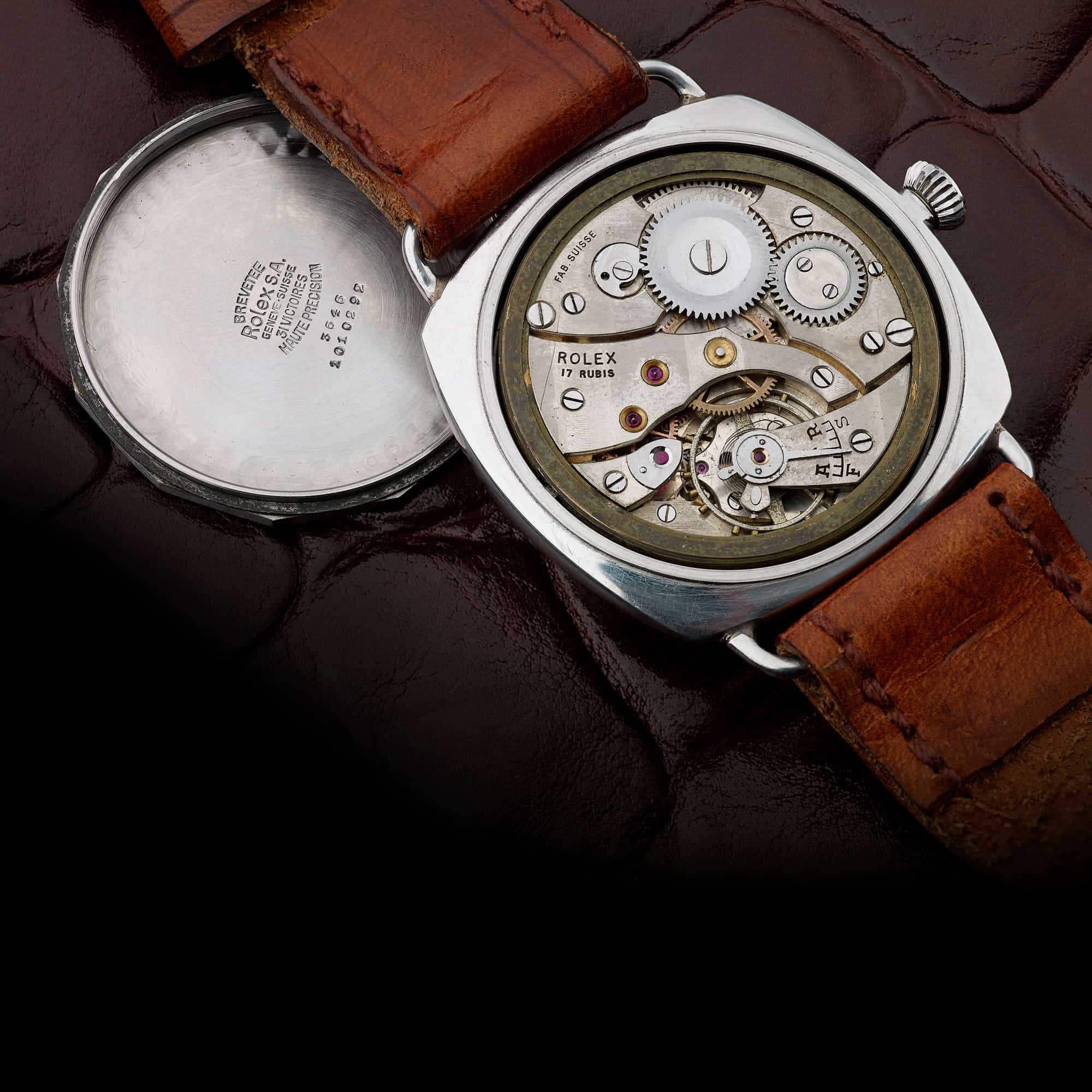Watches, perhaps because they are so much more personal than almost any other artifact, have a knack of telling stories that bring the past vividly into the present. This is one of the best.
In the gathering darkness of the evening of September 28th 1944, a group of six German Kampfschwimmer (military frogmen) slipped into the Waal River in Holland and began swimming silently towards the road and rail bridges at Nijmegen. Their intention? To lay explosive charges under the main supports of the bridges—key strategic objectives on the way to Arnhem—and deny their use to the Allied forces. By 0600, they’d laid their charges under the bridges’ main supports and started navigating back to their lines. In another hour it would be daylight.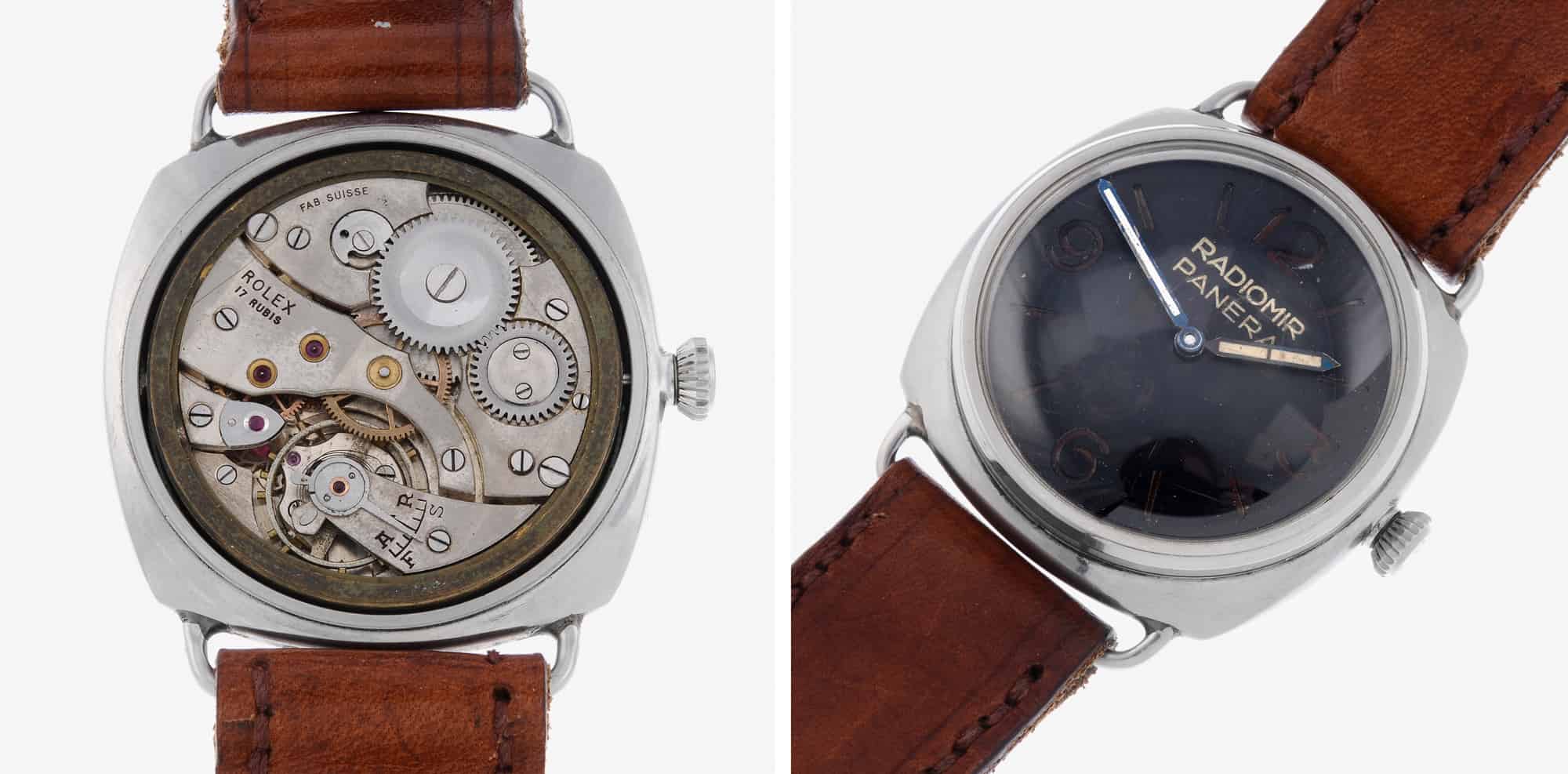
By 0630, they were confident they had made it back into German-held territory, and so they swam towards the riverbank. But instead of being greeted by their own side, they found themselves surfacing under the noses of Sgt George Rowson and his men of the 43rd (Wessex) Reconnaissance Regiment. They’d swum the wrong way.
Understandably, Sgt Rowson and his men were keen to ensure the next stop for the group of Kampfschwimmer was a prisoner of war camp, but only after (as was customary) they’d relieved them of their watches and any other spoils of war.
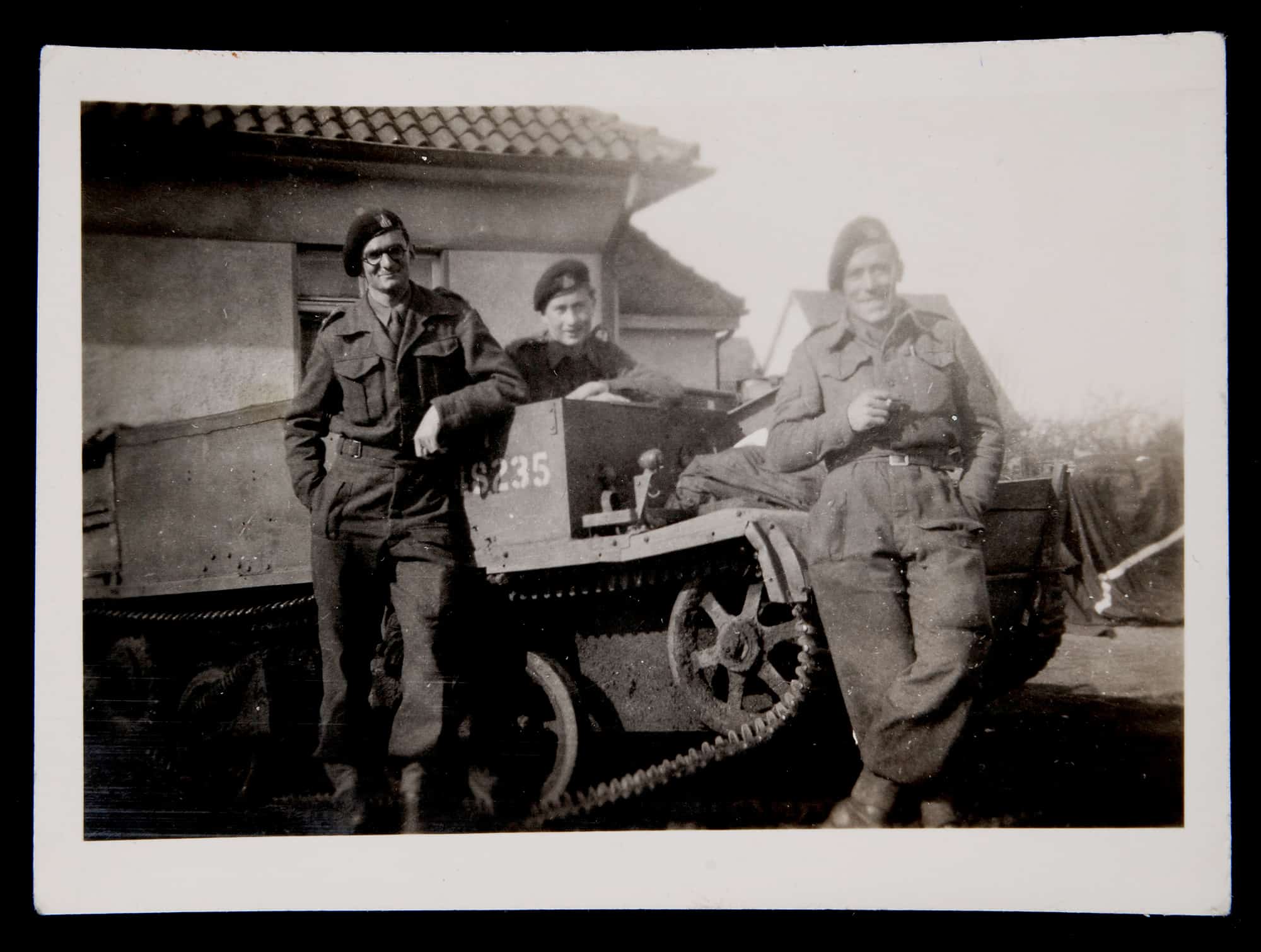
Rowson explained, “They were wearing these rubber suits and also each had a watch on one wrist and a compass on the other.” It’s likely the compasses that had led them astray were made by Panerai. The watches in question were the rather more reliable ref. 3646 diving models made by the same Italian manufacturer for the Decima Flottiglia MAS, the underwater unit of the Royal Italian Navy.









 Featured Videos
Featured Videos




